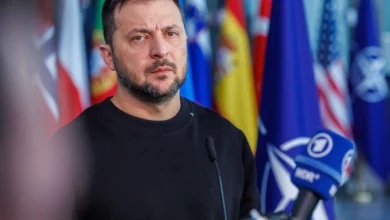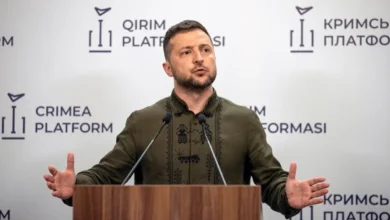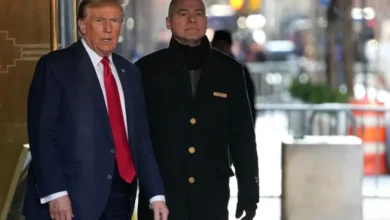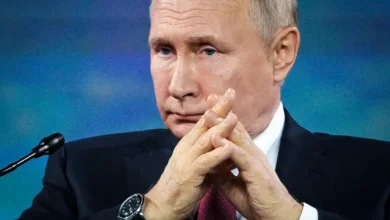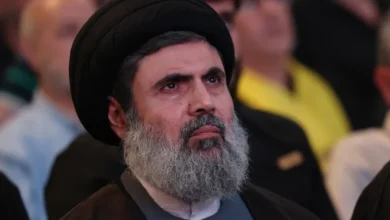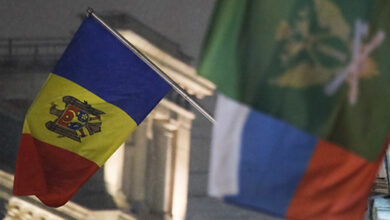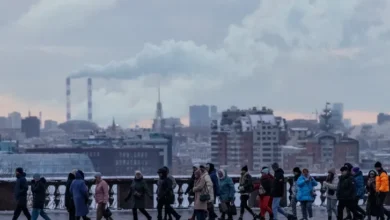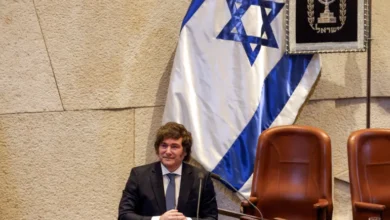Key takeaways from Donald Trump’s meeting with India’s Narendra Modi
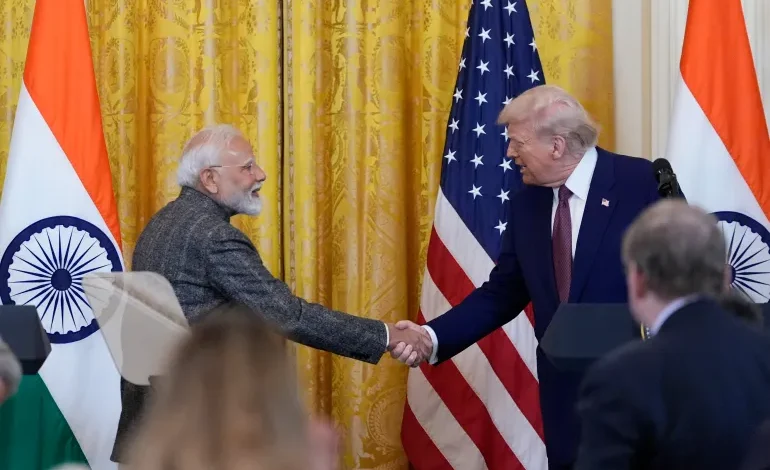
Indian Prime Minister Narendra Modi on Thursday became the fourth world leader to visit Donald Trump in the White House since the start of his second term as United States president.
Trump and Modi’s relationship has been dubbed a “bromance” in some media outlets – and that affinity continued to simmer strongly during their latest meeting.
The two leaders heaped praise on one another, while publicly sidestepping more prickly points of discussion.
Chief among them was the question of Trump’s newly announced “reciprocal tariffs”, in which he proposes to answer foreign import taxes on US goods with rates equal to what each country imposes.
Trump has long criticised India for its high tariff rate on foreign goods, even reportedly calling Modi the “king of tariffs”.
But at Thursday’s meeting, the two leaders announced they would pursue a “framework” for greater cooperation.
“ Prime Minister Modi and I have agreed that we will be in negotiations to address the long-running disparities,” Trump said, referring to the US-India trade relationship.
“But really, we want a certain level of playing field, which we really think we’re entitled to.”
But their newly announced framework went beyond import taxes, to include collaborations on space travel, international security and the energy trade.
Here are four takeaways from their meeting.
Modi embraces Trump’s MAGA movement
Both right-wing leaders, Modi and Trump have both faced accusations of democratic backsliding in their countries.
The leaders also recently won re-election in their respective countries: Modi in June, and Trump last November.
Much of their public appearances on Thursday was dedicated to affirming their commitment to one another, with Trump applauding Modi as a “great leader” and Modi calling Trump a “friend”.
Amid the back-slapping, Modi appealed to Trump’s pride in his slogan, “Make America Great Again”, offering an Indian twist on the motto.
“The people of America are aware of President Trump’s motto, ‘Make America Great Again’ or MAGA,” Modi said through a translator.
“Borrowing an expression from the US, our vision for a developed India is to ‘Make India Great Again’, or MIGA. When America and India work together, when it’s MAGA plus MIGA, it becomes mega – a mega partnership for prosperity.”
A member of the Bharatiya Janata Party (BJP), Modi also compared his Hindu majoritarian platform with Trump’s “America First” agenda, saying that he, too, puts his country’s priorities first.
“One thing that I deeply appreciate and I learned from President Trump is that he keeps the national interest supreme,” Modi said through a translator. “And like him, I also keep the national interest of India at the top of everything else.”
India’s concessions on trade
Faced with the prospect of economy-buckling tariffs, world leaders have appealed to Trump with various concessions.
Mexico, for instance, has sent national guard troops to its southern border with the US. Canada set up a joint task force to combat fentanyl trafficking and organised crime.
And on Thursday, Modi arrived with his own offers, designed to blunt any economic measures Trump may take against India.
The two leaders emerged from their closed-door meeting with an agreement to increase trade between their countries, including through partnerships on space travel, artificial intelligence and energy production. Modi pledged a “ new scale and scope” to their shared objectives.
“We have also set ourselves the target of more than doubling our bilateral trade to attain $500bn by 2030,” Modi said.
As of 2024, total trade between the two countries amounted to an estimated $129.2bn, according to US government statistics.
The US currently has a $45.7bn trade deficit with India, with the South Asian country exporting $87.4bn of goods to the US. Trump, however, has publicly expressed his displeasure with such deficits, promising to narrow them and increase US exports.
He has blamed foreign tariffs on US goods, in part, for the disparity.
“Prime Minister Modi recently announced the reductions to India’s unfair, very strong tariffs that limit US access into the Indian market very strongly. And really it’s a big problem, I must say,” Trump repeated on Thursday.
But he showed signs of optimism, saying that the US bond with India is “the strongest, I believe, it’s ever been”. He also implicated that India would increase its purchase of US energy products, helping to reduce the deficit.
“The prime minister and I also reached an important agreement on energy that will restore the United States as a leading supplier of oil and gas to India. It will be, hopefully, their number one supplier,” Trump said.
The US president also teased an international infrastructure similar to China’s Belt and Road Initiative, linking allies across the world.
“We agreed to work together to help build one of the greatest trade routes in all of history. It will run from India to Israel to Italy and onward to the United States, connecting our partners by ports, railways and undersea cables – many, many undersea cables,” Trump explained.
Trump was likely referring to the India-Middle East-Europe Economic Corridor, announced in September 2023. Facilitated by the US, the proposed corridor is meant to run through the United Arab Emirates, Saudi Arabia, Israel and Greece, but its future has come under a cloud amid Israel’s war on Gaza.
The US president said that the corridor would allow the US to “stay the leader” – a likely reference to continued economic competition with China.

